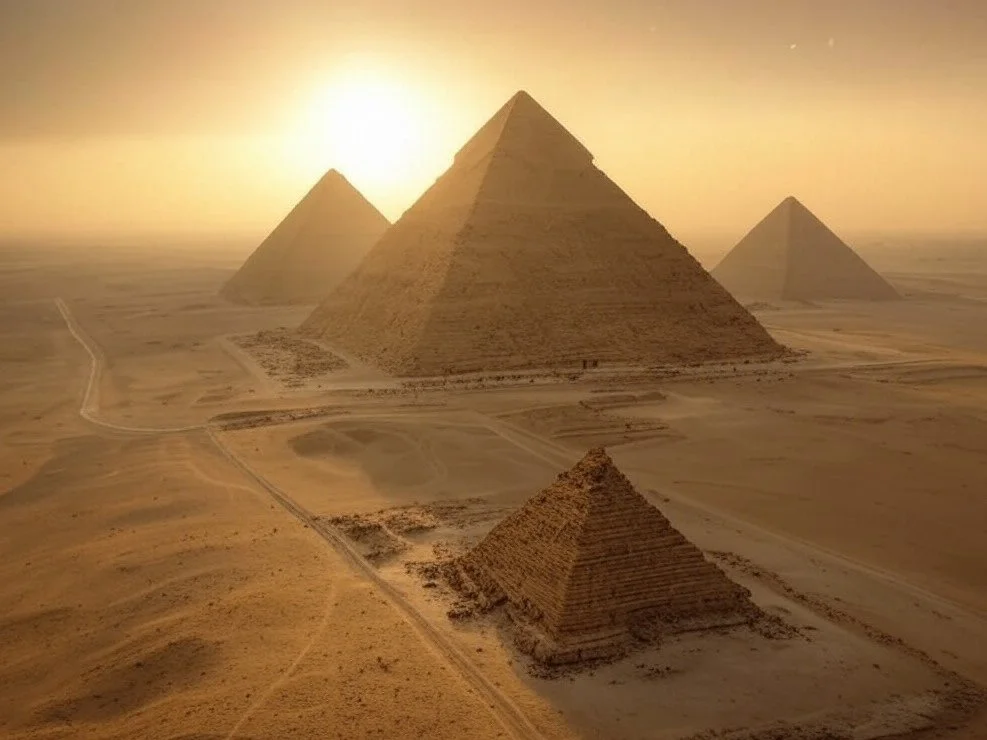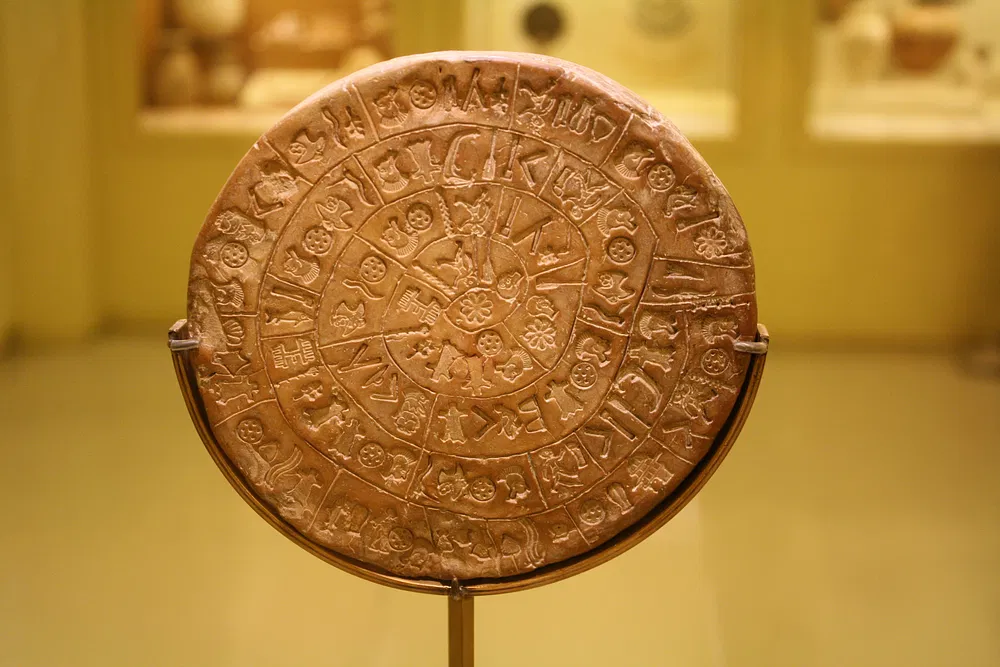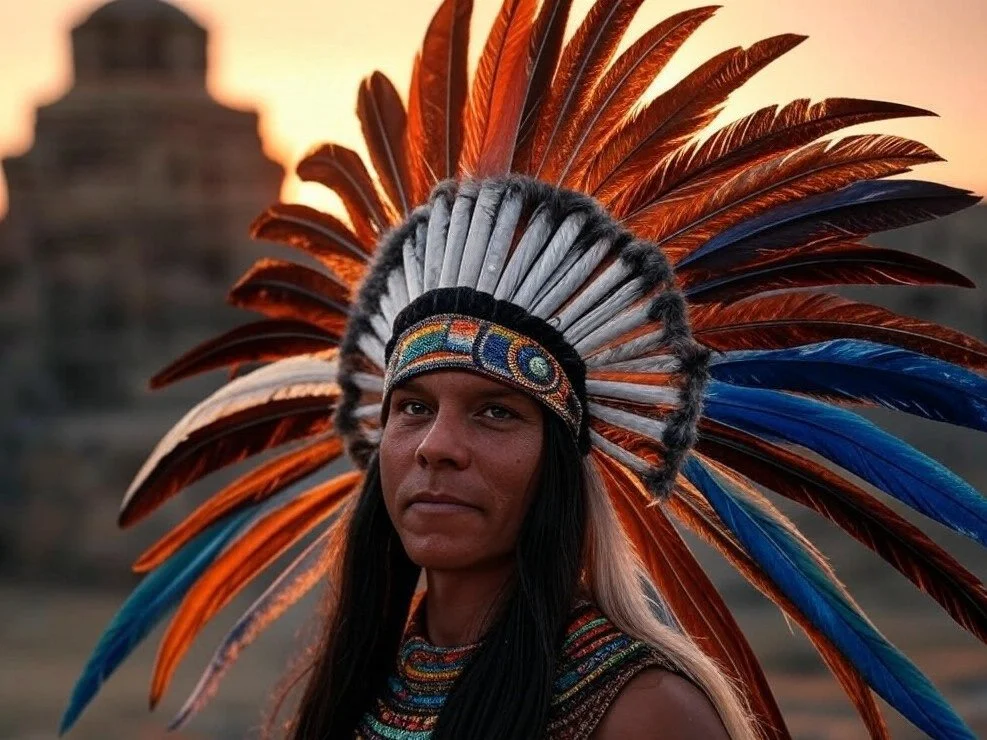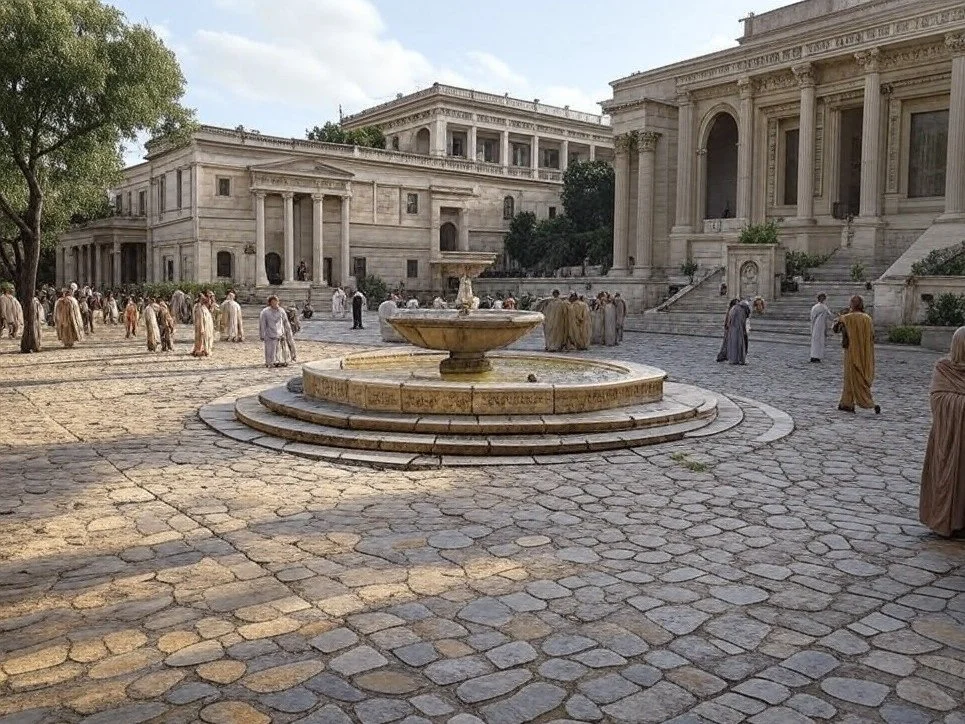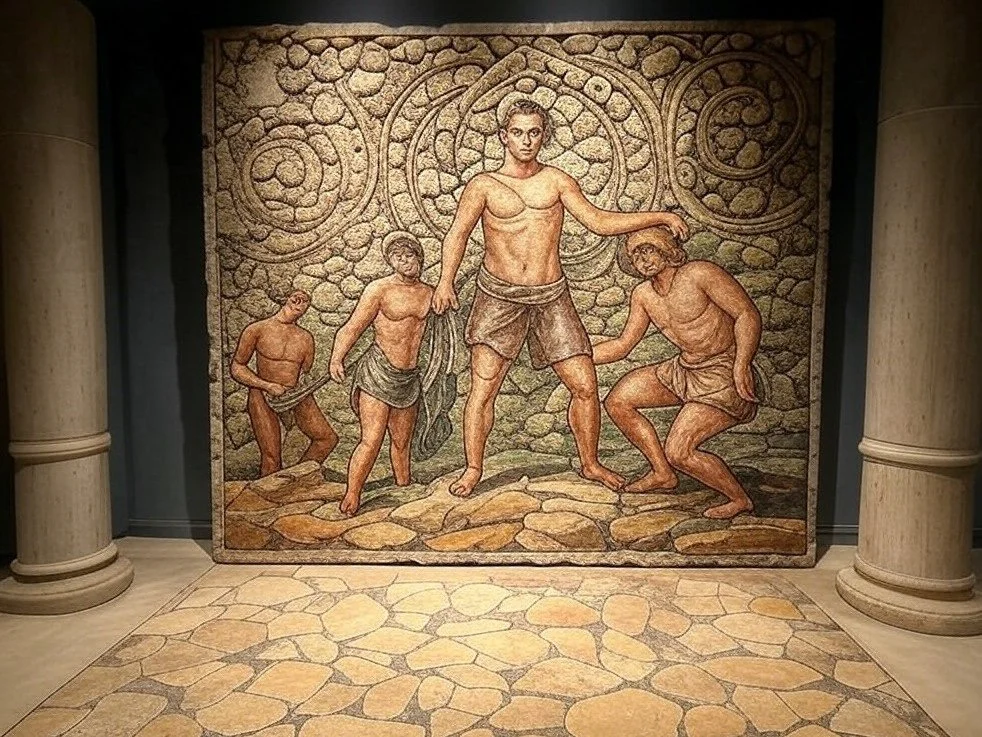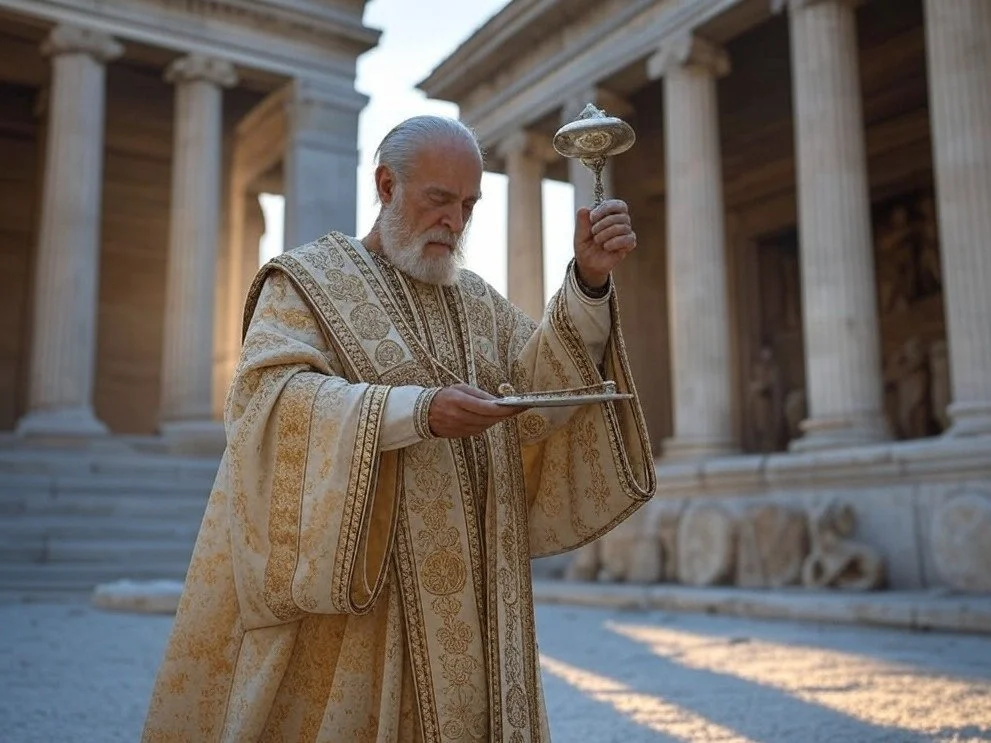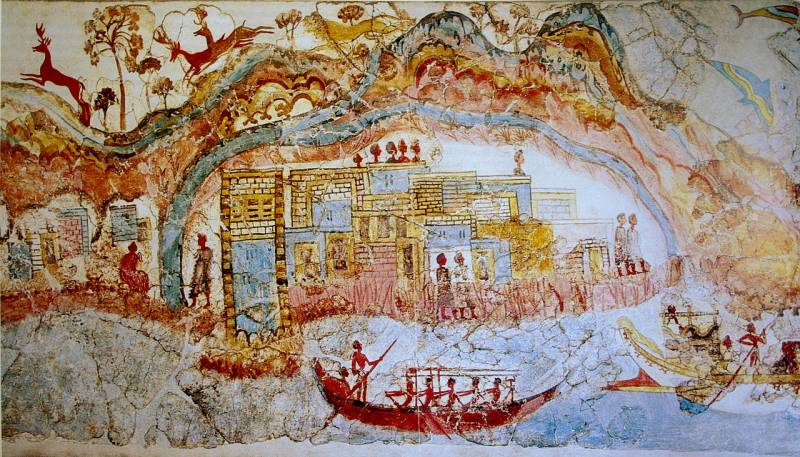Jewelry has long served as more than mere adornment; in ancient societies, it symbolized status, spirituality, and cultural identity. Civilizations such as Egypt, Mesopotamia, and Mesoamerica crafted intricate jewelry from precious materials, embedding them with religious and social significance.
Materials and Craftsmanship
Ancient artisans utilized a variety of materials to create jewelry, ranging from gold and silver to semi-precious stones and organic materials. Egyptian jewelry, for example, was renowned for its use of gold, which was associated with the divine and eternal. Lapis lazuli, turquoise, and carnelian were commonly incorporated into intricate designs, signifying protection and power. In Mesopotamia, craftsmen worked with electrum (a gold-silver alloy), copper, and gemstones like agate and jasper to create detailed amulets and necklaces. Mesoamerican cultures, such as the Maya and Aztecs, used jade, obsidian, and shell to craft elaborate ornaments, often reserved for the elite.
Symbolism and Cultural Significance
Jewelry in ancient societies often carried deep spiritual and cultural meanings. In Egypt, amulets in the shape of the ankh or the Eye of Horus were believed to grant protection and good fortune. Funerary jewelry, such as pectorals and scarabs, accompanied the dead into the afterlife, ensuring a safe passage. Mesopotamian jewelry often depicted deities or sacred symbols, reinforcing religious beliefs and societal hierarchy. In Mesoamerica, jade jewelry was highly valued, symbolizing fertility, life, and connection to the gods. Rulers and priests adorned themselves with jade masks, earrings, and pendants to signify their divine authority.
Evolution of Design and Techniques
Jewelry-making techniques evolved over time, showcasing the ingenuity of ancient craftsmen. The Egyptians mastered filigree and granulation, adding fine detail to their gold pieces. Mesopotamian artisans developed early engraving techniques, producing cylinder seals that doubled as personal adornments. Mesoamerican cultures excelled in mosaic inlay, embedding small jade and turquoise fragments into ceremonial ornaments. These techniques not only enhanced the aesthetic appeal of jewelry but also reinforced its cultural significance.
Conclusion
The jewelry of ancient civilizations was more than ornamental; it reflected beliefs, power structures, and technological advancements. Whether through the golden amulets of Egypt, the sacred adornments of Mesopotamia, or the jade masterpieces of Mesoamerica, ancient jewelry remains a testament to the artistic and spiritual legacy of early societies. Today, these ancient designs continue to inspire modern craftsmanship, preserving the rich history of human adornment.









